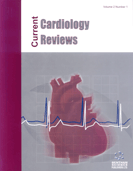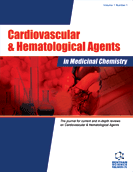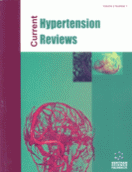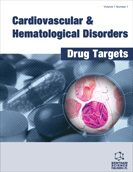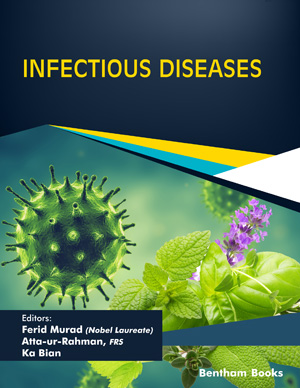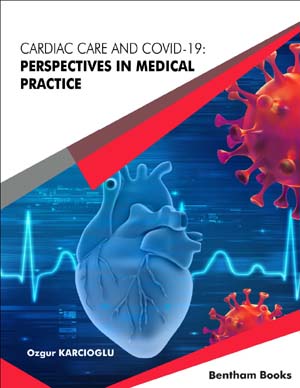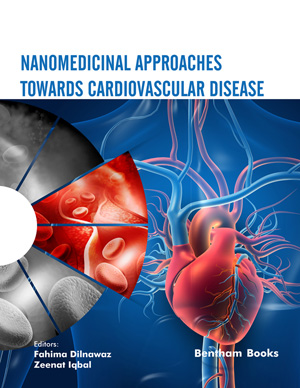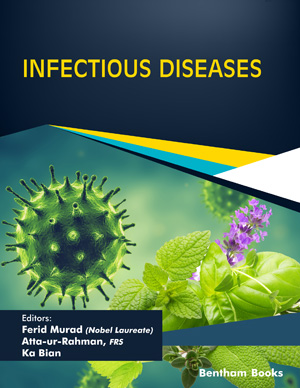Abstract
Background: Redox signaling plays an important role in the lives of cells. This signaling not only becomes apparent in pathologies but is also thought to be involved in maintaining physiological homeostasis. Reactive Oxygen Species (ROS) can activate protein kinases: CaMKII, PKG, PKA, ERK, PI3K, Akt, PKC, PDK, JNK, p38. It is unclear whether it is a direct interaction of ROS with these kinases or whether their activation is a consequence of inhibition of phosphatases. ROS have a biphasic effect on the transport of Ca2+ in the cell: on one hand, they activate the sarcoplasmic reticulum Ca2+-ATPase, which can reduce the level of Ca2+ in the cell, and on the other hand, they can inactivate Ca2+-ATPase of the plasma membrane and open the cation channels TRPM2, which promote Ca2+-loading and subsequent apoptosis. ROS inhibit the enzyme PHD2, which leads to the stabilization of HIF-α and the formation of the active transcription factor HIF.
Conclusion: Activation of STAT3 and STAT5, induced by cytokines or growth factors, may include activation of NADPH oxidase and enhancement of ROS production. Normal physiological production of ROS under the action of cytokines activates the JAK/STAT while excessive ROS production leads to their inhibition. ROS cause the activation of the transcription factor NF-κB. Physiological levels of ROS control cell proliferation and angiogenesis. ROS signaling is also involved in beneficial adaptations to survive ischemia and hypoxia, while further increases in ROS can trigger programmed cell death by the mechanism of apoptosis or autophagy. ROS formation in the myocardium can be reduced by moderate exercise.
Keywords: Reactive oxygen species, intracellular signaling molecules, heart, exercise, cardiovascular system, autophagy.
Graphical Abstract
Current Cardiology Reviews
Title:Reactive Oxygen Species as Intracellular Signaling Molecules in the Cardiovascular System
Volume: 14 Issue: 4
Author(s): Andrey V. Krylatov, Leonid N. Maslov*, Nikita S. Voronkov, Alla A. Boshchenko, Sergey V. Popov, Ludovic Gomez, Hongxin Wang, Amteshwar S. Jaggi and James M. Downey
Affiliation:
- Cardiology Research Institute, Tomsk National Research Medical Center of the Russian Academy of Science, Tomsk,Russian Federation
Keywords: Reactive oxygen species, intracellular signaling molecules, heart, exercise, cardiovascular system, autophagy.
Abstract: Background: Redox signaling plays an important role in the lives of cells. This signaling not only becomes apparent in pathologies but is also thought to be involved in maintaining physiological homeostasis. Reactive Oxygen Species (ROS) can activate protein kinases: CaMKII, PKG, PKA, ERK, PI3K, Akt, PKC, PDK, JNK, p38. It is unclear whether it is a direct interaction of ROS with these kinases or whether their activation is a consequence of inhibition of phosphatases. ROS have a biphasic effect on the transport of Ca2+ in the cell: on one hand, they activate the sarcoplasmic reticulum Ca2+-ATPase, which can reduce the level of Ca2+ in the cell, and on the other hand, they can inactivate Ca2+-ATPase of the plasma membrane and open the cation channels TRPM2, which promote Ca2+-loading and subsequent apoptosis. ROS inhibit the enzyme PHD2, which leads to the stabilization of HIF-α and the formation of the active transcription factor HIF.
Conclusion: Activation of STAT3 and STAT5, induced by cytokines or growth factors, may include activation of NADPH oxidase and enhancement of ROS production. Normal physiological production of ROS under the action of cytokines activates the JAK/STAT while excessive ROS production leads to their inhibition. ROS cause the activation of the transcription factor NF-κB. Physiological levels of ROS control cell proliferation and angiogenesis. ROS signaling is also involved in beneficial adaptations to survive ischemia and hypoxia, while further increases in ROS can trigger programmed cell death by the mechanism of apoptosis or autophagy. ROS formation in the myocardium can be reduced by moderate exercise.
Export Options
About this article
Cite this article as:
Krylatov V. Andrey , Maslov N. Leonid *, Voronkov S. Nikita , Boshchenko A. Alla , Popov V. Sergey , Gomez Ludovic , Wang Hongxin , Jaggi S. Amteshwar and Downey M. James , Reactive Oxygen Species as Intracellular Signaling Molecules in the Cardiovascular System, Current Cardiology Reviews 2018; 14 (4) . https://dx.doi.org/10.2174/1573403X14666180702152436
| DOI https://dx.doi.org/10.2174/1573403X14666180702152436 |
Print ISSN 1573-403X |
| Publisher Name Bentham Science Publisher |
Online ISSN 1875-6557 |
 50
50 5
5
- Author Guidelines
- Bentham Author Support Services (BASS)
- Graphical Abstracts
- Fabricating and Stating False Information
- Research Misconduct
- Post Publication Discussions and Corrections
- Publishing Ethics and Rectitude
- Increase Visibility of Your Article
- Archiving Policies
- Peer Review Workflow
- Order Your Article Before Print
- Promote Your Article
- Manuscript Transfer Facility
- Editorial Policies
- Allegations from Whistleblowers
- Announcements
Related Articles
-
Immunity to Systemic Salmonella Infections
Current Molecular Medicine Insight to the Pathophysiology of Stable Angina Pectoris
Current Pharmaceutical Design Current Status of Antiplatelet Therapy in Acute Coronary Syndrome
Cardiovascular & Hematological Agents in Medicinal Chemistry Current and Potential Agents for the Treatment of Alopecia Areata
Current Pharmaceutical Design Italian Association of Clinical Endocrinologists (AME) and Italian AACE Chapter Position Statement for Clinical Practice: Assessment of Response to Treatment and Follow-Up in Gastroenteropancreatic Neuroendocrine Neoplasms
Endocrine, Metabolic & Immune Disorders - Drug Targets Chemical Constituents of the Genus Prunus and their Medicinal Properties
Current Medicinal Chemistry ABCC6 as a Target in Pseudoxanthoma Elasticum
Current Drug Targets Structural Elucidation Errors in Organic Chemistry
Current Organic Chemistry Estrogens Acting as Cardiovascular Agents: Direct Vascular Actions
Current Medicinal Chemistry - Cardiovascular & Hematological Agents Curcuminoids Plus Piperine Modulate Adipokines in Type 2 Diabetes Mellitus
Current Clinical Pharmacology Endothelial Progenitor Cells as Molecular Targets in Vascular Senescence and Repair
Current Stem Cell Research & Therapy Vascular Wall-Related Biomarkers in Sepsis: A Review of Current Evidence and a Critical Appraisal of Recent Patents
Recent Patents on Biomarkers MicroRNAs-based Therapy: A Novel and Promising Strategy for Cancer Treatment
MicroRNA Exploring Protein-Protein and Protein-Ligand Interactions in the Immune System using Molecular Dynamics and Continuum Electrostatics
Current Physical Chemistry miR-122 is a Unique Molecule with Great Potential in Diagnosis, Prognosis of Liver Disease, and Therapy Both as miRNA Mimic and Antimir
Current Gene Therapy Editorial [Hot topic: TRP Channels: From Understanding to Action (Guest Editor: Viktorie Vlachova)]
Current Pharmaceutical Biotechnology Curcuminoids in Neurodegenerative Diseases
Recent Patents on CNS Drug Discovery (Discontinued) Role of Caspases in Activation-Induced Cell Death of Neuroglia
Current Enzyme Inhibition Impact of Clozapine, N-Desmethylclozapine and Chlorpromazine on Thromboxane Production in Vitro
Medicinal Chemistry Cancer Bioinformatics for Updating Anticancer Drug Developments and Personalized Therapeutics
Reviews on Recent Clinical Trials


